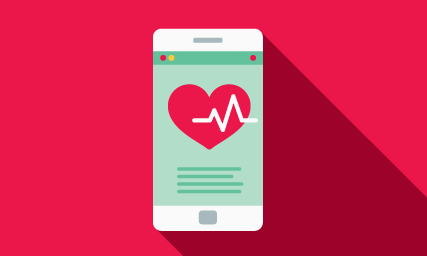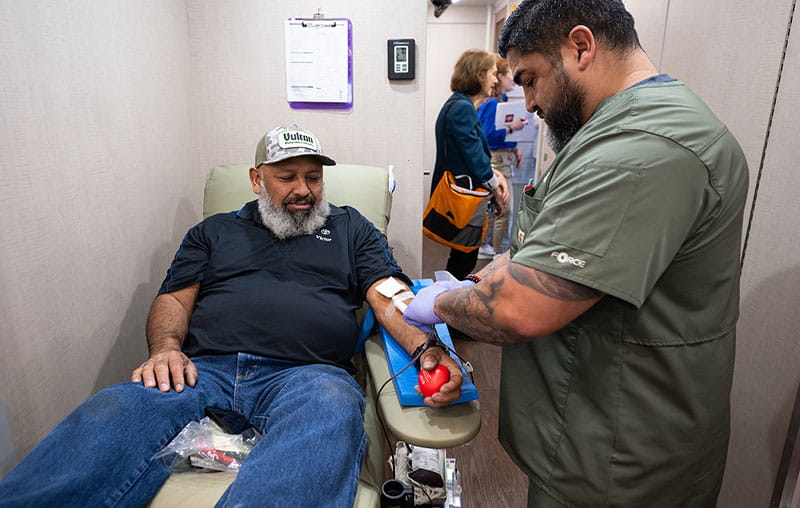Heart disease kills one out of every four people who die in the United States each year. Many of those deaths can be prevented, and during American Heart Month — observed throughout February each year — University Health will be working with its partners to spread the word about ways to lower your risk.
Dr. Hinan Ahmed, medical director of the Cardiac Catheterization Lab at University Health, said heart catheterization is useful for learning more when a patient has had abnormal results on a stress test. It involves threading a tiny tube with a camera through an artery in the wrist or groin and sending it all the way to the heart to check for blockages and measure heart function.
The same approach can be used to implant balloons or stents at a site where the artery walls have been narrowed or blocked by deposits of fats and other materials that can build up over time.
While heredity is a contributor to heart disease risk, important and controllable factors are high blood pressure, diabetes, smoking and obesity, Dr. Ahmed said.
“How can we tackle these problems? The best way to not have heart disease is to prevent it in the first place,” Dr. Ahmed said. “Let’s start early, let’s eat healthy, let’s exercise regularly, let’s keep our risk factors under control, and we can prevent heart disease."

Heart disease is the leading cause of death for both men and women.
Our free online risk assessment only takes a few minutes. It will help you better understand your risk of developing heart disease and how you may be able to lower it.




